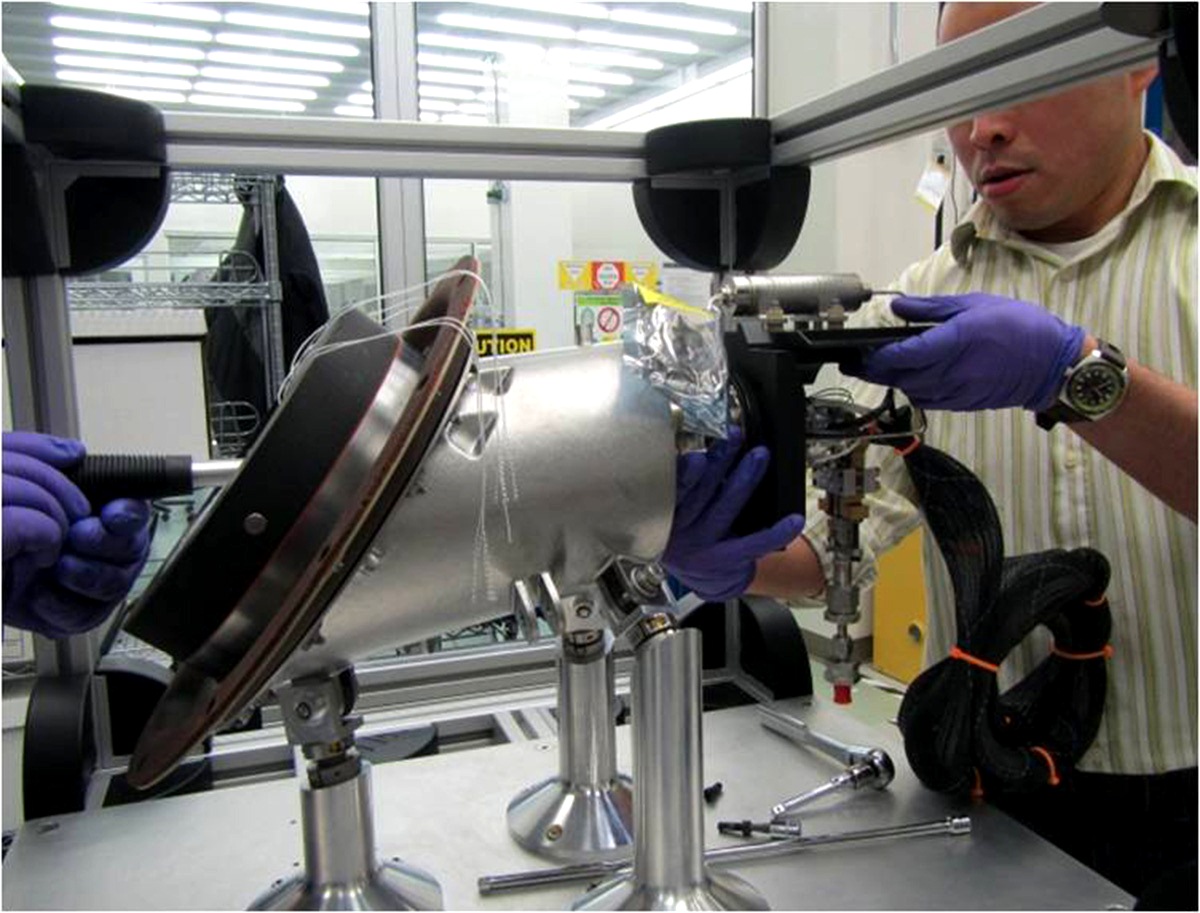
Aerojet Rocketdyne announced they’ve 3D printed twelve specialized rocket nozzle extensions for the new Orion spacecraft.
Orion is the name of a new series of Apollo-like spacecraft that are targeted for deep space missions in the future. While the now-retired Space Shuttle was suited for Earth orbiting applications, the Orion is quite different. It’s made to “go long” and will likely be the first manned spacecraft to leave Earth orbit since the 1970’s.
That job obviously requires a spacecraft of extreme reliability, as it will be in situations where there will be no help nearby, with potentially millions of kilometers between the spacecraft and maintenance assistance. Such a reliable craft had best be made with highly reliable components.
This is where Aerojet Rocketdyne comes in. The rocket and missile manufacturer has, in previous forms, been making rockets for decades. In fact, the company uses the notable URL “http://rocket.com” as their digital home.
They’ve completed 3D printing twelve rocket nozzle extensions to be used in the Orion’s reaction control system. This is the flight system that provides an ability to maneuver the spacecraft through the careful use of multiple small rockets positioned on the Orion’s axes.
Aerojet Rocketdyne spent three weeks 3D printing the nozzles on one metal 3D printer, which they claim is a 40 percent reduction in production time over traditional approaches.
We must note that such spacecraft components are essentially custom made due to the very small number of spacecraft involved. In this case, there’s only one Orion, at least so far. In other words, there’s no advantage to mass manufacturing techniques here. But there is significant advantages in 3D printing such components, as you can make use of geometries not feasible with conventional manufacturing methods.
Julie Van Kleeck, vice president of Advanced Space and Launch Programs at Aerojet Rocketdyne, told Space Daily:
What sets us apart from someone just buying a 3-D printer is that we understand the process from start to finish, from feed powders, to the optimized machine process parameters, to the resulting material microstructures and material properties. Beyond the materials characterization efforts, we’ve analyzed and tested the components to ensure that they perform as designed.
That’s why they’re making the Orion nozzles and you’re not.
Via Space Daily and NASA

